Studio Kueng Caputo celebrates the architecture of Fendi’s HQ
For Design Miami, Swiss studio Kueng Caputo creates a family of objects referencing the Fendi HQ’s architecture with bold volumes, hot hues and a palm tree

Designed in the late 1930s at the behest of Benito Mussolini, the Palazzo della Civiltà Italiana is viewed by many as Rome’s most recognisable 20th-century landmark. Home to the fashion house Fendi since 2015, the iconic palazzo will be celebrated in an exhibition at this year’s Design Miami, where Fendi has invited Swiss studio Kueng Caputo to create a family of objects referencing the HQ’s architecture, as part of an ongoing programme promoting emerging design talent at the fair.
Sarah Kueng and Lovis Caputo developed a simple visual language of planes and arches to evoke the superposed loggias of Fendi’s travertine-clad ‘Square Colosseum’. The Zurich-based designers, who are known for their experimental process and playful use of materials, gathered further inspiration during a research trip to Fendi’s archives. ‘We love how committed Fendi is to preserving the heritage and future of craft,’ says Caputo.
For Silvia Venturini Fendi, creative director of the Roman house, this dedication provided the foundation for a synergistic collaboration. ‘Lovis and Sarah’s primary focus is the exploration of materials and how these can be applied to craft using new techniques,’ she says. ‘This is exactly our approach at Fendi, which is driving us to the forefront of innovation in craftsmanship with leather and fur.’
The designers chose glazed terracotta bricks and Fendi’s supple Selleria leather to fabricate the furniture. The unexpected combination of two age-old materials speaks to Italy’s long tradition of experimentation. ‘Fendi has a DNA of contrast and dialogue, which we wanted to celebrate by choosing a strong and heavy counterpart to its soft and flexible leather,’ says Kueng. The leather is moulded into arches, circles and undulating surfaces that combine with the artisanal bricks to create architectural forms including stools, benches, tables, room dividers and a stylised palm tree.

Silvia Venturini Fendi with the collection’s desk and ‘peekaboo’ bag with contrasting lining. ‘I love how Sarah and Lovis were so inspired by the shadows made by the arches of our HQ,’ she says, referencing how the furniture designs make a similar play on negative space in the shadows they cast on the wall.
While working with leather was familiar to the designers, who have used hand-painted vegetable-tanned leather in previous projects, the decision to include brick necessitated research into new techniques to achieve the desired shapes and finishes. The brick elements were carved by an industrial waterjet device, in a process that has more in common with garment cutting than masonry construction. The next challenge was finding a way to glaze the bricks to match the vibrant hues of the dyed leather, which the duo managed with the help of a Zurichbased ceramics specialist. The smooth, coloured glaze transforms the standard brick into a refined, decorative material.
Colour is central to much of Kueng Caputo’s work. ‘We come from a place where life is very grey, so colour is important to us,’ says Caputo, adding that the bright hues chosen for this project are intended ‘to make it feel appropriate for a Roman or Italian sensibility’. The bold, uniform hues focus attention on the different material finishes and also reference the colour-blocking aesthetic that is a Fendi signature. A canvas version of the brand’s classic ‘Peekaboo’ handbag was also developed to complement the collection.
Individually, the ten objects celebrate craftsmanship, but it is as a collection that they truly come to life. In Miami, the furniture will populate a salon where visitors will be able to take a seat and experience the colourful, tactile surfaces up close. The designers say the intention is to create ‘a hang-out area with the feeling of an outdoor space, like the loggias at the palazzo’. We expect it will feel just like Rome.
INFORMATION
‘Roman Molds’ is at Design Miami, 3-8 December
designmiami.com; fendi.com; kueng-caputo.ch
Receive our daily digest of inspiration, escapism and design stories from around the world direct to your inbox.
-
 New York's members-only boom shows no sign of stopping – and it's about to get even more niche
New York's members-only boom shows no sign of stopping – and it's about to get even more nicheFrom bathing clubs to listening bars, gatekeeping is back in a big way. Here's what's driving the wave of exclusivity
-
 The diverse world of Belgian embassy design – 'style and class without exaggeration'
The diverse world of Belgian embassy design – 'style and class without exaggeration''Building for Belgium: Belgian Embassies in a Globalising World' offers a deep dive into the architecture representing the country across the globe – bringing context to diplomatic architecture
-
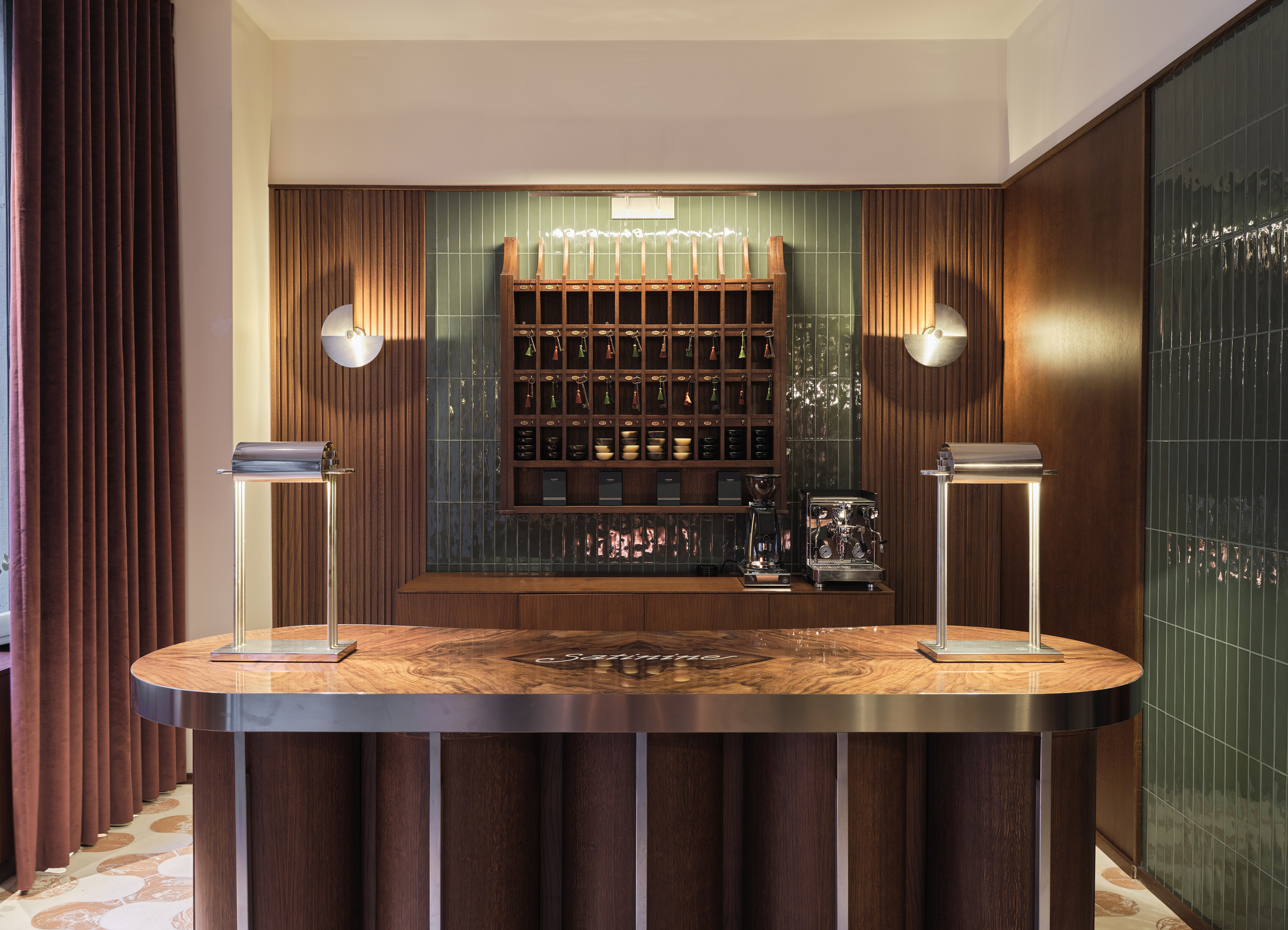 Pull up a bespoke pew at Milan’s new luxury perfumery Satinine, an homage to the city’s entryways
Pull up a bespoke pew at Milan’s new luxury perfumery Satinine, an homage to the city’s entrywaysDesigner Mara Bragagnolo fuses art deco details to bring storied Milanese fragrance brand Satinine into the 21st century
-
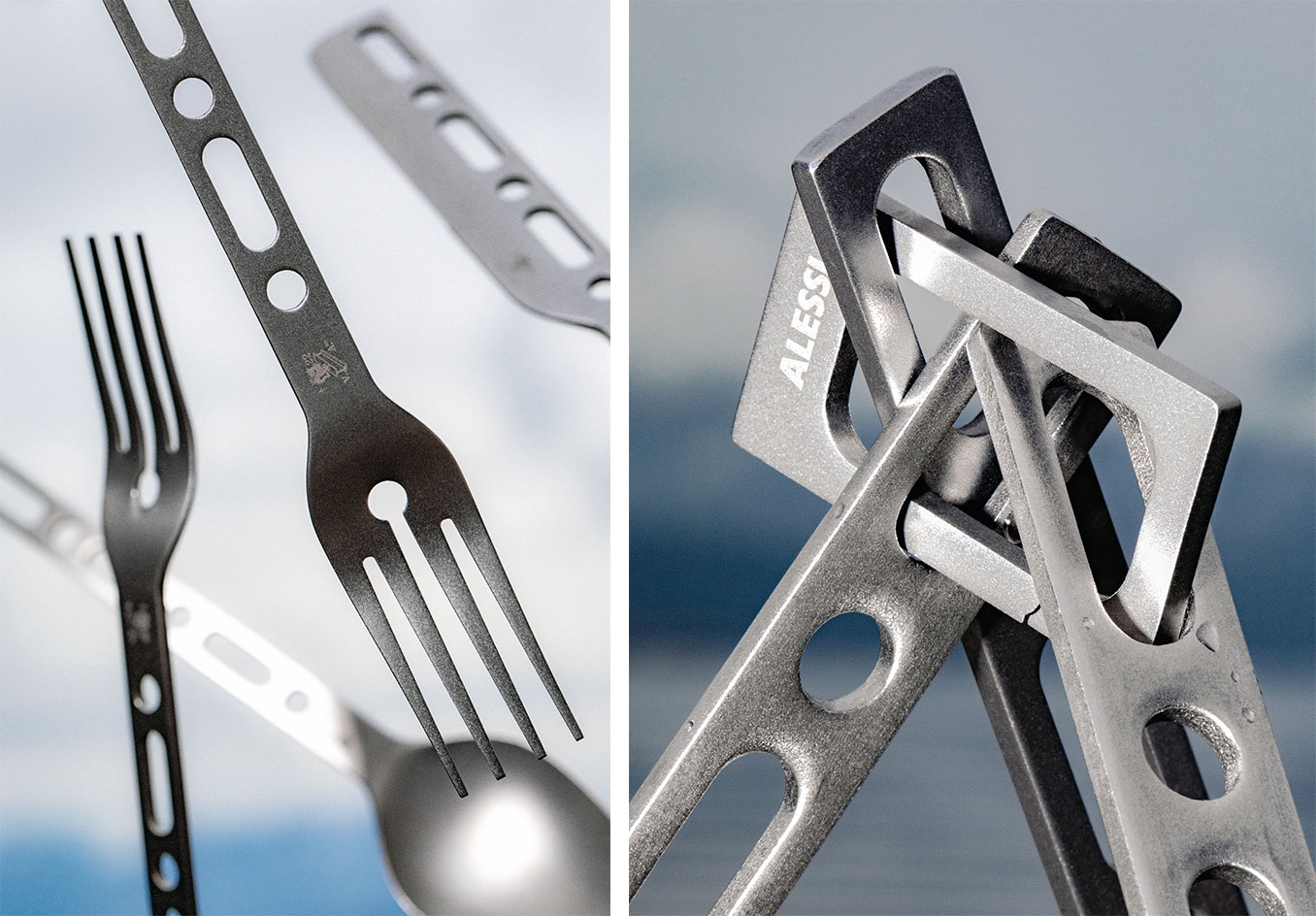 Alessi Occasional Objects: Virgil Abloh’s take on cutlery
Alessi Occasional Objects: Virgil Abloh’s take on cutleryBest Cross Pollination: Alessi's cutlery by the late designer Virgil Abloh, in collaboration with his London studio Alaska Alaska, is awarded at the Wallpaper* Design Awards 2023
-
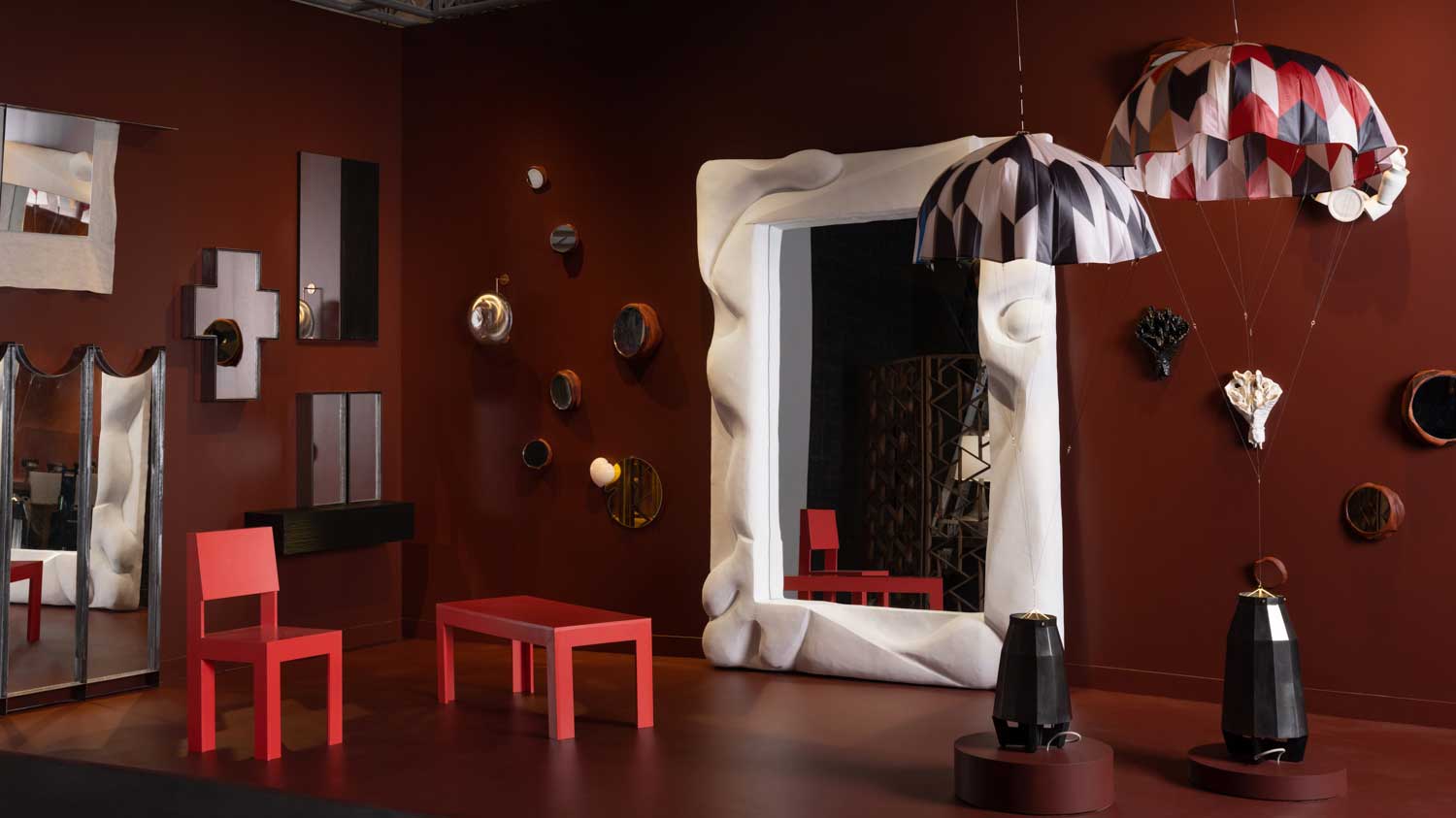 Design Miami 2022: highlights from the fair and around town
Design Miami 2022: highlights from the fair and around townDesign Miami 2022 (30 November – 4 December) aims at ‘rebooting the roots of our relationship with nature and collective structures, ecospheres, and urban contexts’
-
 Salon Art + Design 2022: design highlights not to miss
Salon Art + Design 2022: design highlights not to missWallpaper* highlights from Salon Art + Design 2022, New York
-
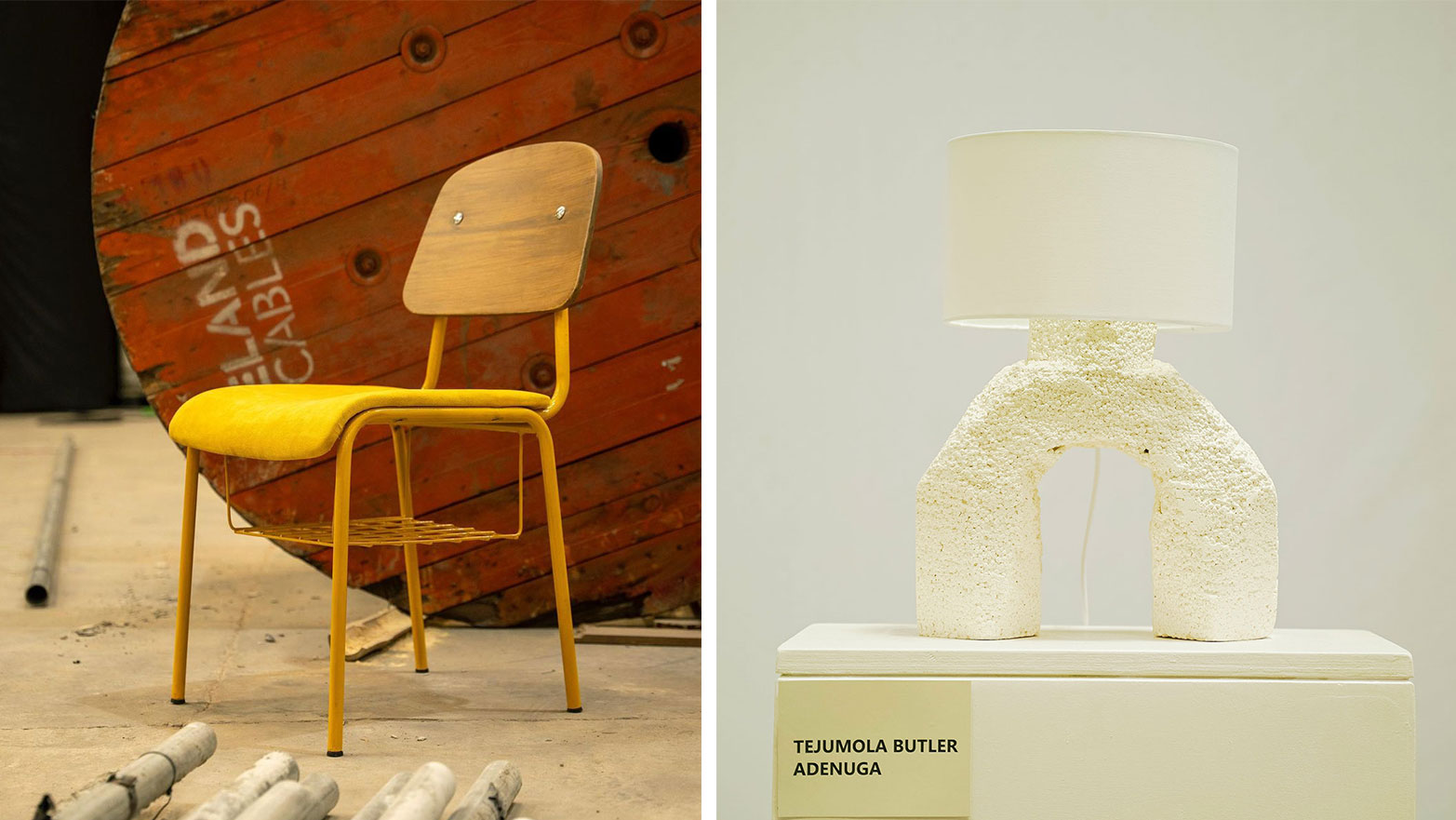 Design Week Lagos 2022 celebrates creativity and innovation in West Africa and beyond
Design Week Lagos 2022 celebrates creativity and innovation in West Africa and beyondCurated by founder Titi Ogufere, Design Week Lagos 2022 is based on a theme of ‘Beyond The Box’
-
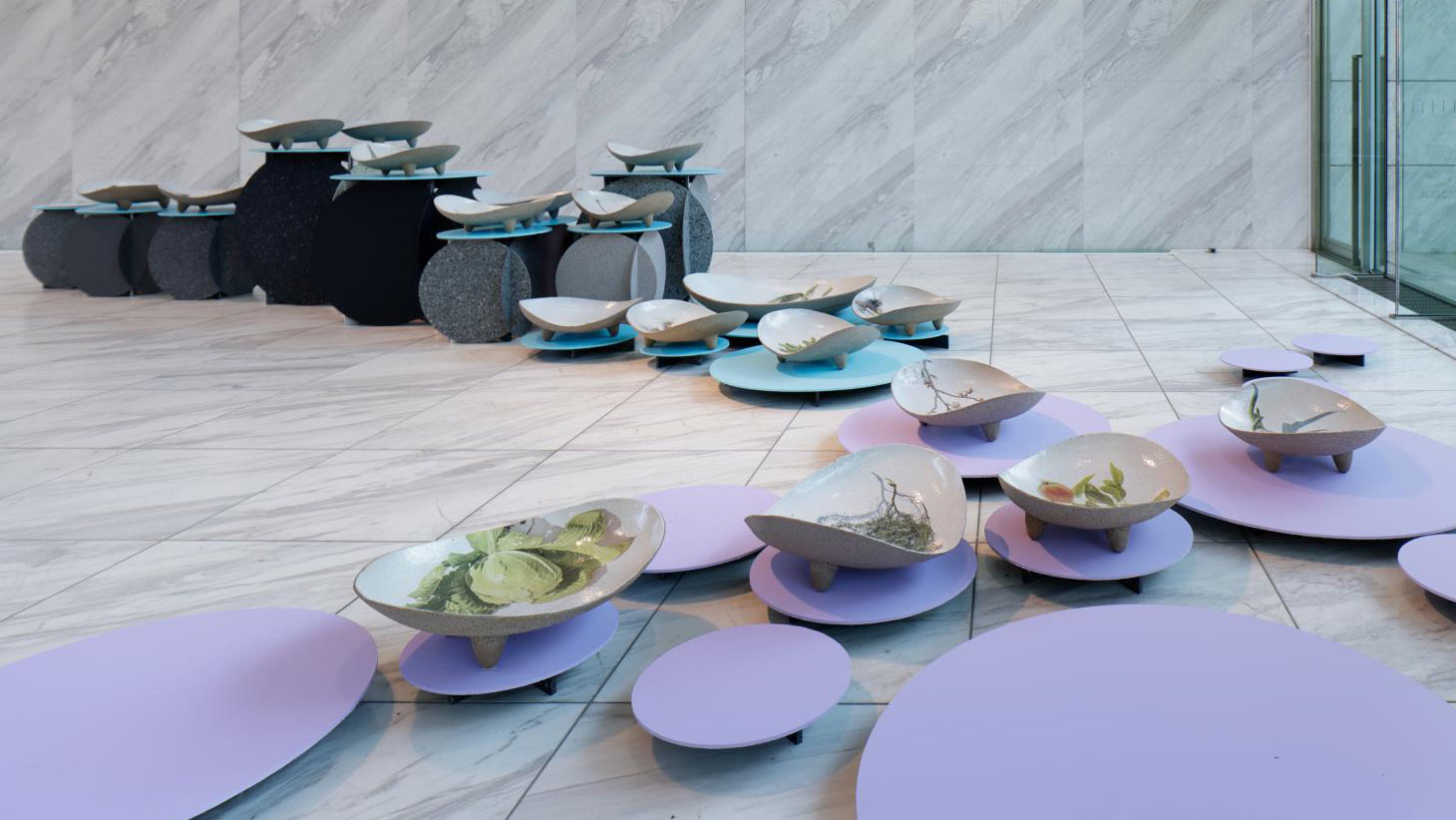 Designart Tokyo transforms the city into a museum of creativity
Designart Tokyo transforms the city into a museum of creativityDesignart Tokyo presents global design highlights through a series of exhibitions involving global creative talent and traditional Japanese craft
-
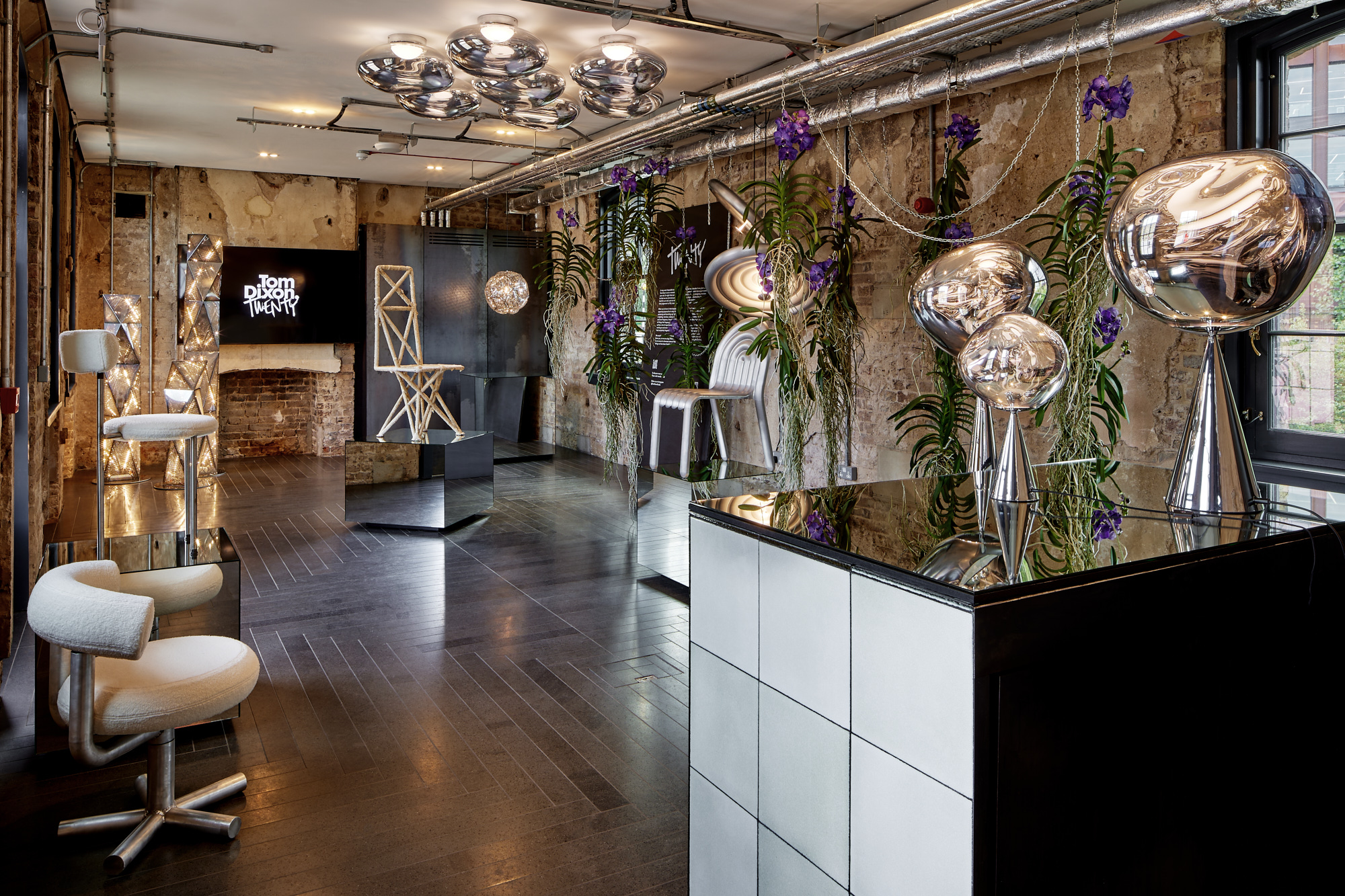 Tom Dixon marks his studio's 20 years with a show of design experiments
Tom Dixon marks his studio's 20 years with a show of design experimentsMushroom, cork, steel coral and more: Tom Dixon showcases an overview of his design experiments as he celebrates his practice's 20 years
-
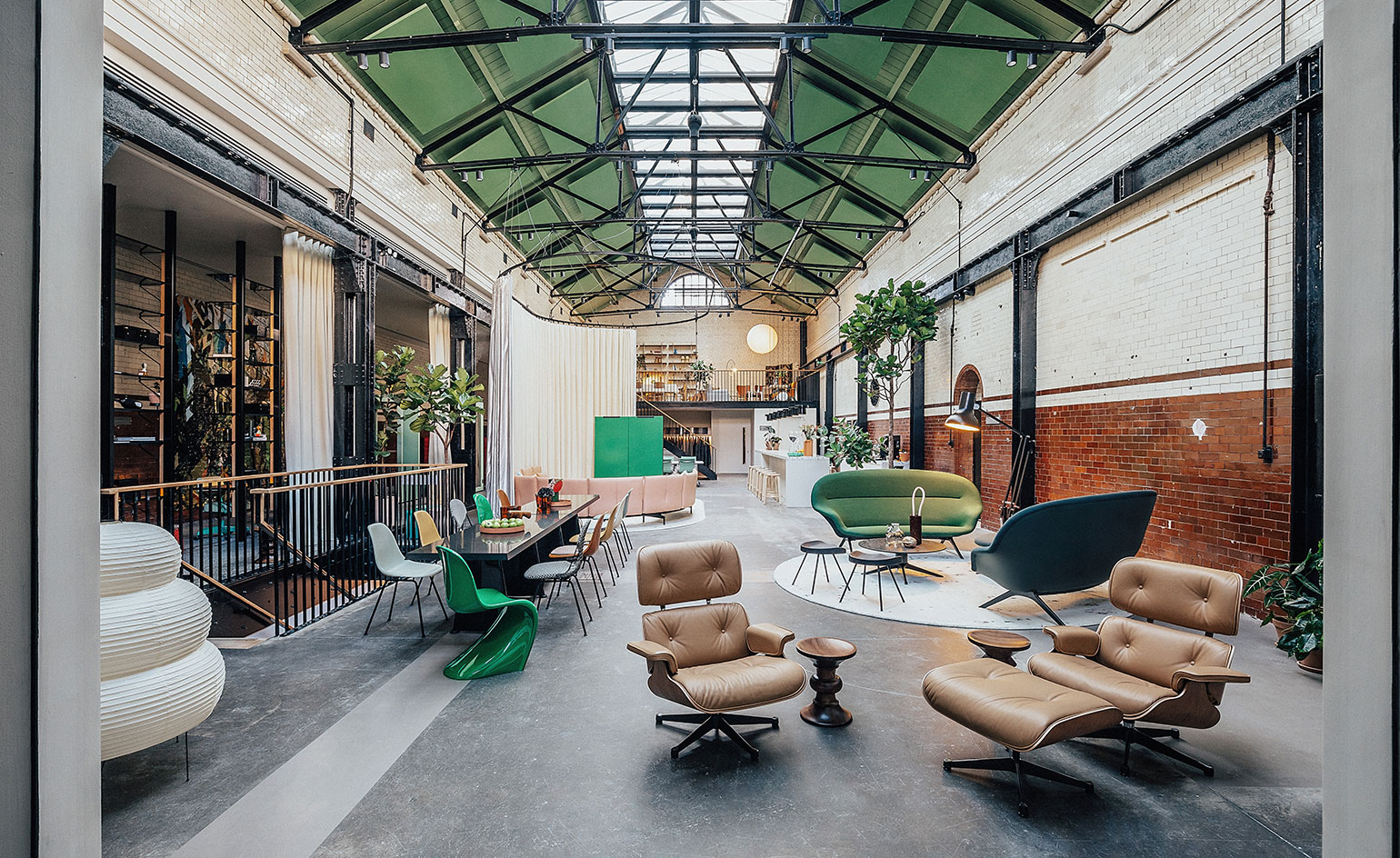 Vitra unveils new London home in the Tramshed, Shoreditch
Vitra unveils new London home in the Tramshed, ShoreditchLondon Design Festival 2022: after a year-long renovation, Vitra opens the door to its new showroom in the heart of Shoreditch
-
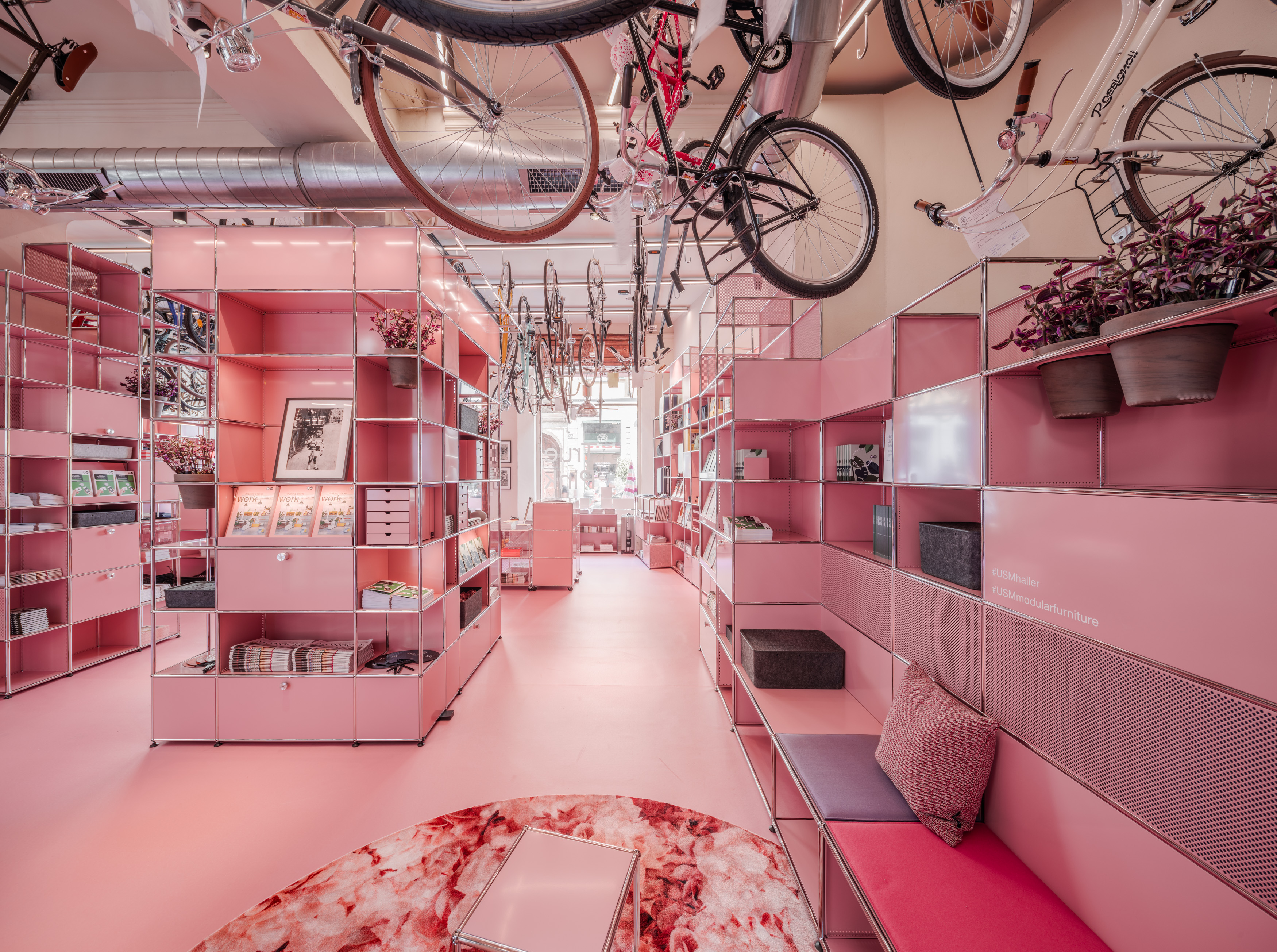 USM launches blushing pink limited edition of its modular furniture
USM launches blushing pink limited edition of its modular furnitureFollowing an installation during Milan Design Week 2022, USM launches a new pink limited edition of its Haller range